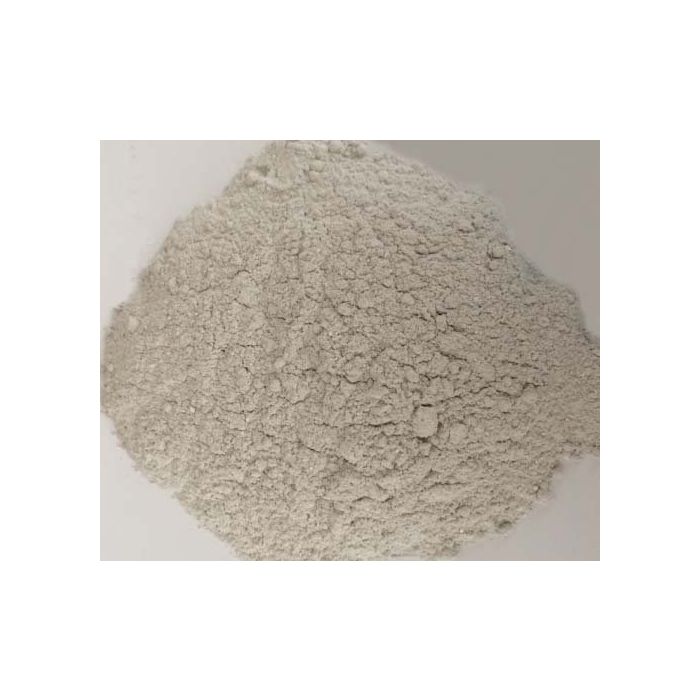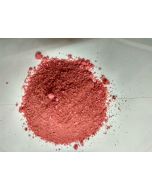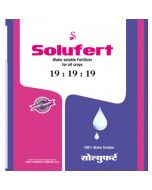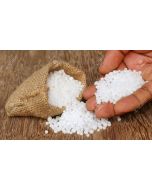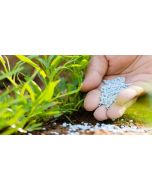Super Phosphate NPK 0 19 0 Fertilizer
- Provides a readily available form of phosphorous
- All Purpose: Use on flowers, fruits, vegetables, lawn, garden, trees
- Aids in fruit and flower formation: Fast acting nutrients to stimulate growth
Do I Need Superphosphate?
Increasing the blooms and fruit on your plants leads to higher yields. Whether you want more tomatoes, or bigger, more bountiful roses, superphosphate can be the key to success. Industry superphosphate information states the product is for increasing root development and to help plant sugars move around more efficiently for quicker ripening. Its more common use is in the promotion of larger flowers and more fruits. No matter what you need it for, it is important to know when to use superphosphate for best results and higher yields.
Superphosphate is very simply a high amount of phosphate. What is superphosphate? There are two main commercially available types of superphosphate: regular superphosphate and triple superphosphate. Both are derived from insoluble mineral phosphate, which is activated into a soluble form by an acid. Single superphosphate is 20 percent phosphorus while triple superphosphate is around 48 percent. The standard form also has plenty of calcium and sulfur.
It is commonly used on vegetables, bulbs and tubers, blooming trees, fruits, roses and other flowering plants. A long-term study in New Zealand shows that the high dose nutrient actually improves soil by promoting the organic cycle and increasing pasture yields. However, it has also been linked to soil pH changes, fixation and may decrease earthworm populations.
So if you wonder, "Do I need superphosphate," keep in mind that correct application and timing can help minimize these possible deterrents and enhance the product’s usability.

